I was never the biggest fan of the Monster Hunter franchise. That honor, at least among those in the PC Invasion team, goes to Andrew Farrell, who reviewed Monster Hunter Rise when it came out earlier this year. Fast forward and it’s my turn to cover Monster Hunter Rise: Sunbreak, the expansion that’s set to release tomorrow on Steam.
I knew that my work was cut out for me, given that I had less than two weeks to play not just the base game, but also this expansion. Naturally, I tried to find the best way to pace myself within this limited timeframe, starting fresh and learning the ropes as I go along. By the time I reached the Sunbreak arc, I do admit that it provides nifty quirks that veterans might enjoy. Sadly, it’s yet to fully grab my interest as a newcomer.
The lands beyond and your new companions
As far as I know, the narrative was never the series’ strongest suit. Indeed, Monster Hunter Rise was mostly about two Elder Dragons who want to get it on (with Marvin Gaye playing in the background, alongside the screams of the villagers of Kamura). Anyway, should you succeed in the Rank 7 Hub Quest, Serpent Goddess of Thunder, then an NPC shows up in Kamura Village to kickstart Sunbreak‘s arc.
This time, you’ll head to Elgado Outpost, a bastion in a continent that’s ravaged by Malzeno, Lunagaron, and Garangolm. Collectively, these beasts are known as the Three Lords. What follows is a romp that you’ve gotten used to already, assuming you’ve put in countless hours into the base game.
One key addition here is that you’ll now gain the service of companions. These characters (old pals and new peeps), can join you for Follower Quests and Support Surveys. This mechanic is quite a treat, as followers provide both offensive firepower and utility effects. Likewise, you may change their weapon types depending on the available selection pool.
For instance, Fiorayne tanks the hits in melee, whereas Luchika can snipe foes from afar. Some of your friends from Kamura Village may lend a hand as you advance further in the campaign. And, yes, these companions can also ride wyverns that get stunned!
More Silkbinds and the Switch Skill Swap mechanic
There are even more additions to Monster Hunter Rise: Sunbreak. This time, Master Utsushi trains you in the arts of the Switch Skill Swap (try saying that three times). Basically, you’ll get new weapon abilities, and they can now be changed on the fly. The process is as simple as adding different skills to two separate groupings. Then, during your run, you can simply hold the left trigger + Y + B buttons on your gamepad to swap skill sets.
To give a clear example, I primarily used the Dual Blades during the base game (yes, it’s a bit of a crutch for newbies, but I found it fairly comfortable to wield). With this mechanic, I can freely swap to one loadout that has Demon Mode and Demon Flight, and another that has Feral Demon Mode and Demon Flurry Rush. This also goes hand in hand with new Silkbind abilities, giving you more ways to counter, defend, and evade opponents.
All in all, these changes greatly diversify combat in Monster Hunter Rise: Sunbreak. It leads to a more dynamic flow of battle so you can adapt to a particular situation. My only gripe is that I’ve yet to find a way to switch weapons in the middle of a fight. In a game that has so many quickslots and keybind/button combinations for your inventory, I was surprised that Rise/Sunbreak had me going back to the camp if I wanted to try a different armament. After getting used to Soulsbourne/Souls-like games, this “one weapon at a time” concept didn’t quite hit the mark for me.
Core gameplay and progression woes
Apart from the above, Monster Hunter Rise: Sunbreak retains the core gameplay that fans have become familiar with over the years. You fight large monsters and kill/capture them for materials. Next, you craft weapons and armor with these materials. Then, you use these gear pieces to bolster you when you face tougher foes. Lather, rinse, and repeat until you’ve got nothing else to do.
In relation to that, my problem with the main campaign is the scaling between Village Quests (meant for solo players) and Hub Quests (meant for groups). While there were challenges to playing solo, Rise made it viable thanks to your Palamute and Palico animal buddies. Sunbreak goes the extra mile owing to your follower buddies, too. However, the key progression lies with the new Master Rank quests (which are tailored for multiplayer). This wasn’t much of an issue during the base game since I still found people to play with. But, I may have also flubbed my run. When I switched to the review build for Sunbreak, I could no longer find other players for co-op (given that only a select few people had access to the expansion). As such, Sunbreak became a chore to get through.
Yes, I could still complete Follower Quests and Support Surveys for materials and resources, but many of the targets were old foes I had encountered in the base game. That experience was still fresh in my mind. Barring the Daimyo Hermitaur, I was back to facing Lagombis, Barroths, and Kulu-Ya-Kus. Revisiting the same locations and fighting the same baddies over and over, including stronger variants such as the Blood Orange Bishaten, made for a tiresome romp. Had I played Rise when it first came out on the Switch or when it was ported to PC, my disposition could’ve been better once Sunbreak landed on my lap (absence makes the heart grow fonder, after all).
Nevertheless, I’ll definitely continue my journey in Monster Hunter Rise: Sunbreak. At the very least, I’ll wait until it’s released globally so that more people are playing. At this stage, the biggest challenges aren’t the gargantuan creatures in the game. Rather, it’s the boredom and tedium of having to battle them again and again all by your lonesome.

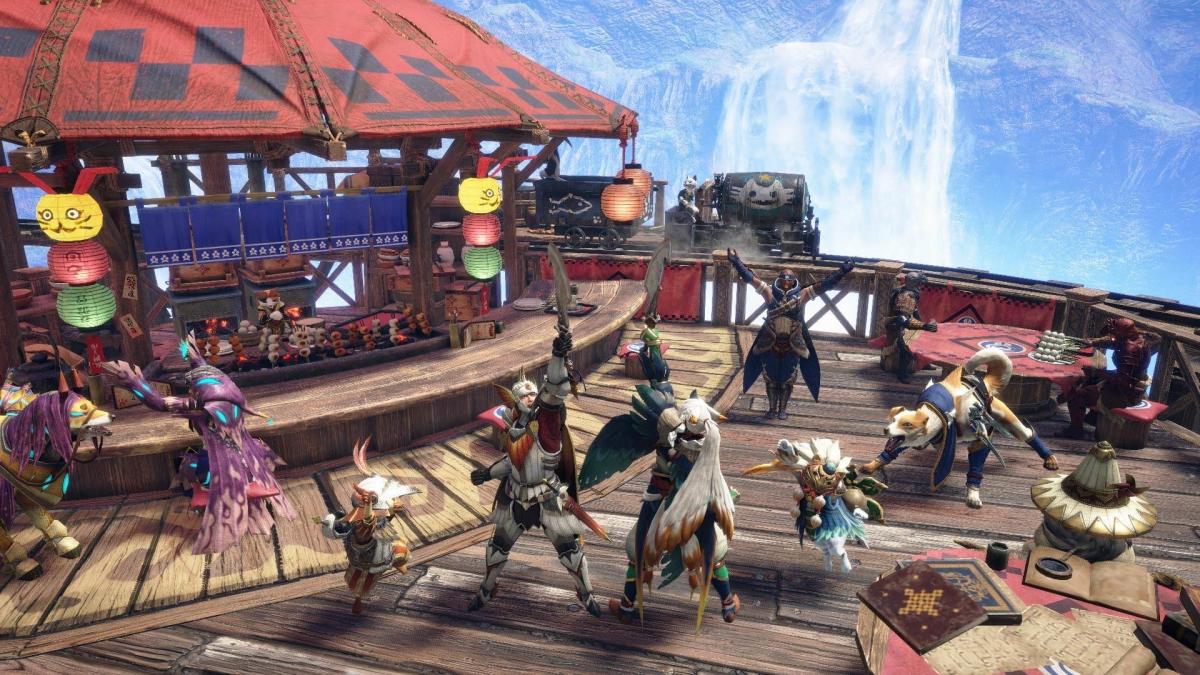
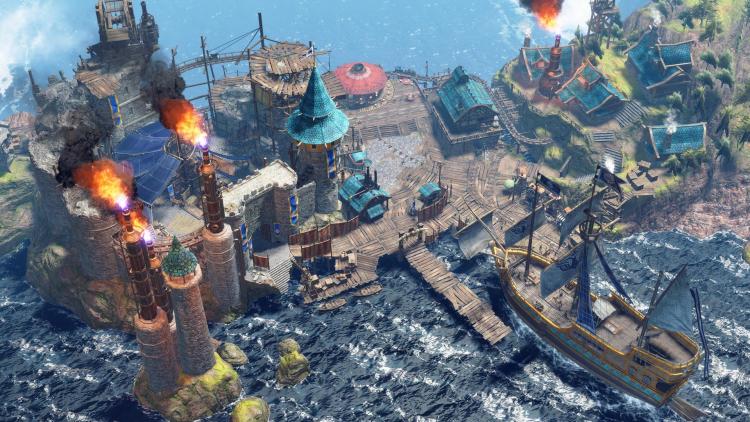
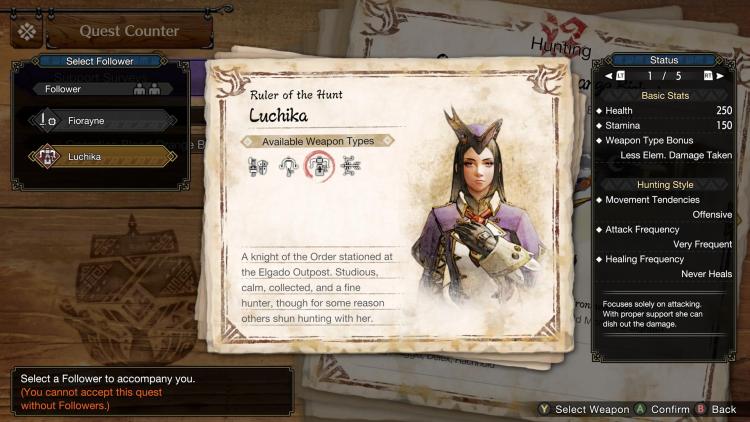
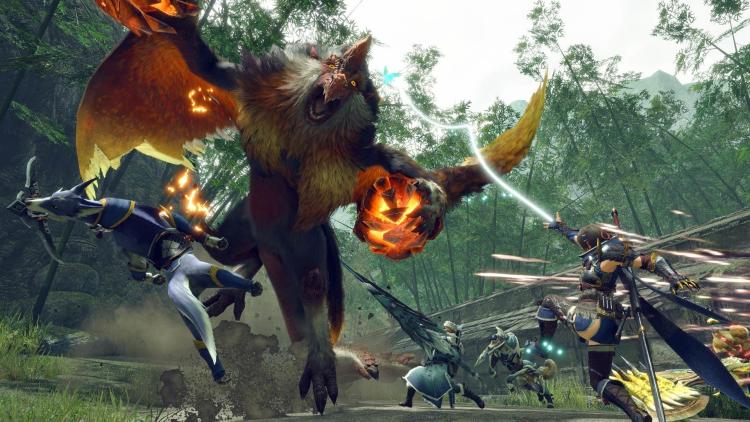
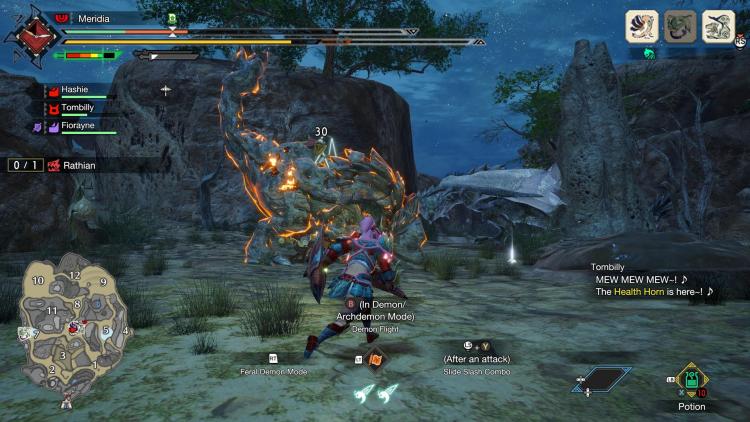
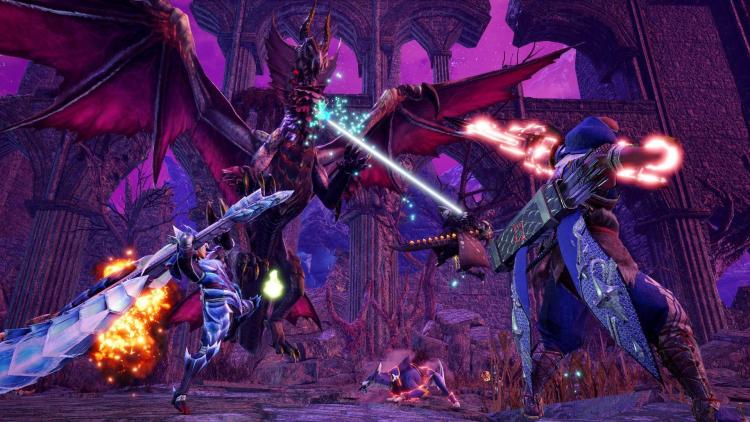





Published: Jun 29, 2022 08:15 am